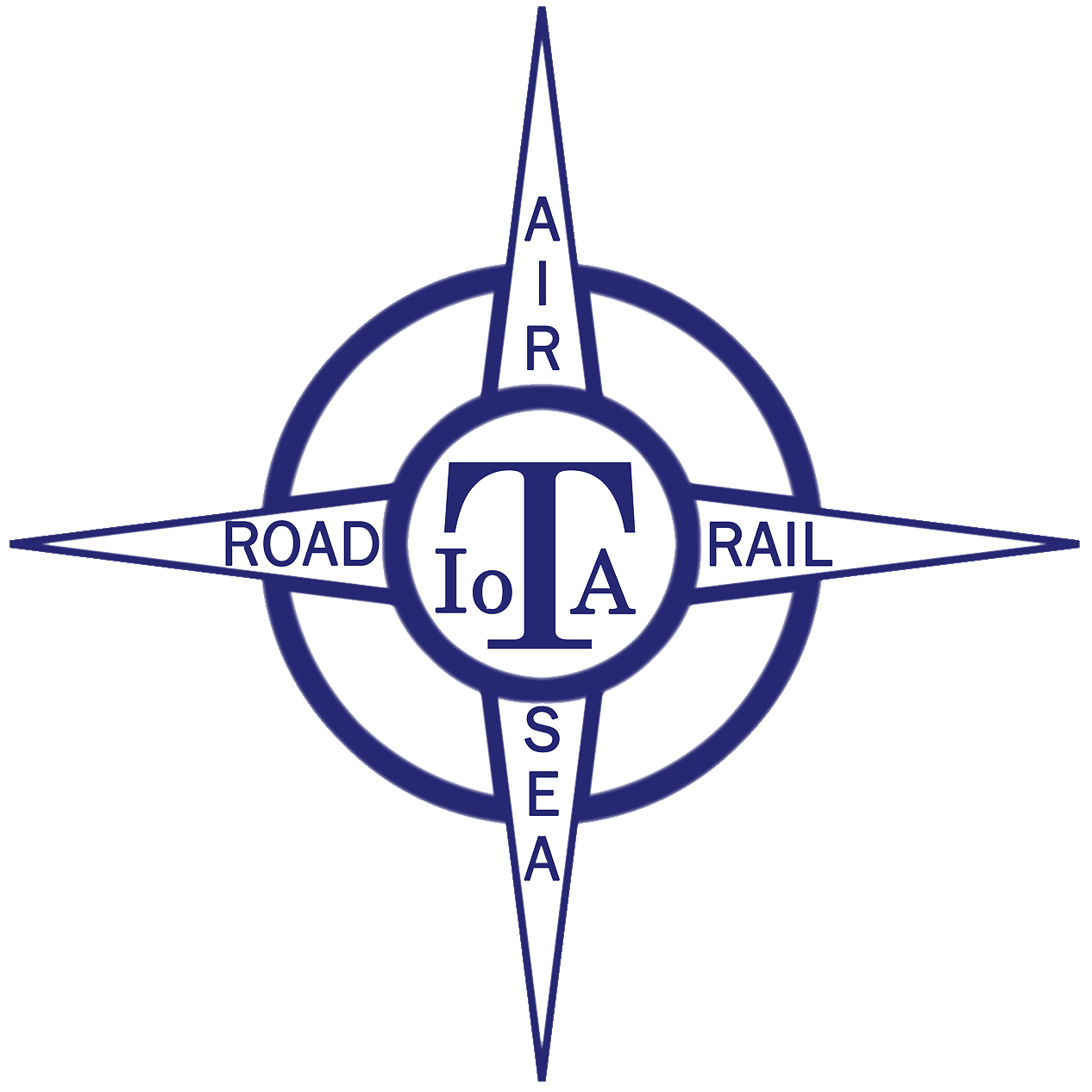The network of routes in the airspace above us is vital for moving people and goods around the world safely, securely, quickly and on time. Our skies are occupied with aircraft of many kinds, including commercial passenger flights, air freight, general aviation, military and drones.
Airspace must be managed so that those using it can do so safely and efficiently. To achieve this management, there are rules on who can use what airspace, and how.
The Department for Transport (DfT) and the Civil Aviation Authority (CAA), are working together as co-sponsors for the modernisation of the UK’s airspace. Modernising airspace will update its structural design, change how the systems on which it runs work, and use new technology to improve how air traffic is managed.
Improving airspace practices
The UK’s airspace is one of the most complex in the world, yet it has not undergone significant change since the 1950s.
Like our road and rail infrastructure on the ground, we need to keep our infrastructure in the sky modernised to make better and cleaner journeys while providing greater capacity for those who use and are affected by airspace. Successfully accommodating the growth in demand for air transport has meant adding significant complexity to the UK’s airspace system.
The ‘Airspace Modernisation Strategy’ outlines the work that needs to happen to modernise airspace. The strategy places integration of airspace at its core, ensuring all aircraft are accommodated for.
Further information:
